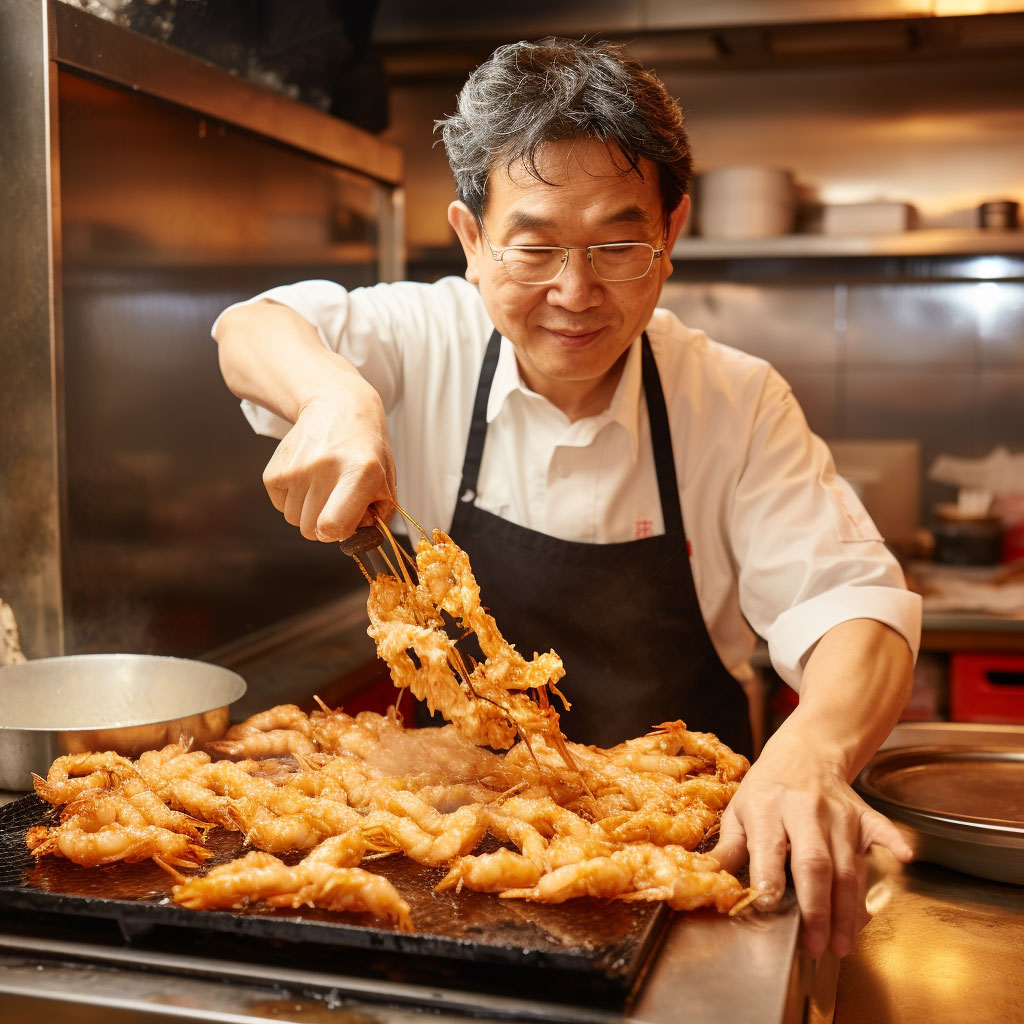
Fried bites, with their irresistible crunch and satisfying flavors, have a universal appeal that transcends borders and cultures. From crispy fritters to golden dumplings, fried bites come in endless varieties, each offering a tantalizing experience for the taste buds. In this extensive exploration, we embark on a culinary journey to discover the rich diversity of fried bites from around the world. Along the way, we’ll delve into the history of frying and showcase five delectable recipes that showcase the global love for fried indulgence.
Frying, the cooking method of immersing food in hot oil or fat, has ancient roots dating back thousands of years. Early civilizations, such as the Egyptians, Greeks, and Romans, utilized frying as a culinary technique to transform raw ingredients into delicious and indulgent dishes. Archaeological evidence suggests that frying was practiced as far back as the Neolithic period, with the use of primitive frying pans and vessels.
Frying gained prominence in medieval Europe, where it was commonly used to cook meats, fish, and vegetables. The advent of deep frying, in which food is completely submerged in hot oil, revolutionized culinary traditions and led to the creation of iconic fried dishes such as fritters, doughnuts, and beignets.
The exploration and colonization of new territories brought frying techniques to distant shores, where they merged with local ingredients and culinary traditions. This fusion gave rise to an array of unique fried bites, each reflecting the flavors and influences of its respective region.
Let’s embark on a culinary adventure to explore five mouthwatering fried bite recipes from different corners of the globe, each showcasing the diverse flavors and techniques of frying.
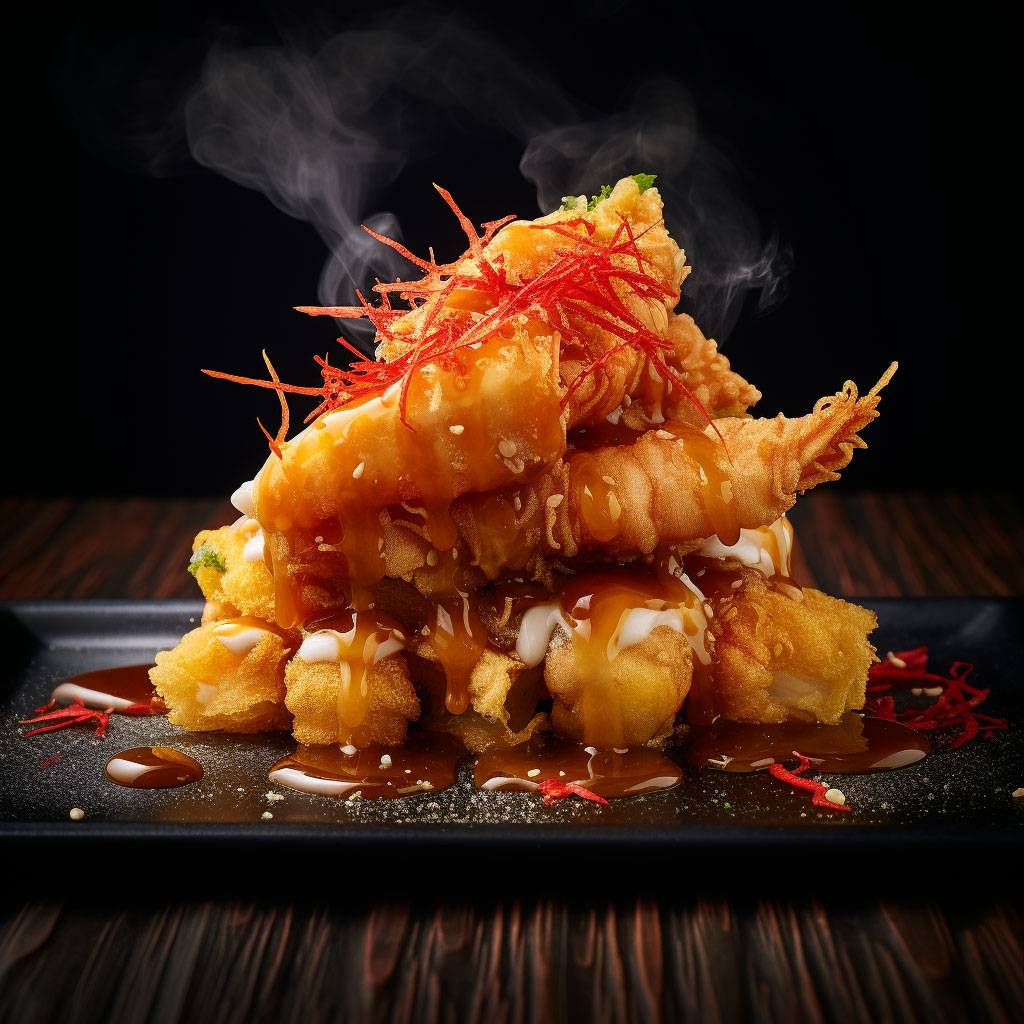
Tempura is a beloved Japanese dish consisting of lightly battered and deep-fried seafood, vegetables, or mushrooms. The batter, made from a mixture of flour, water, and sometimes egg, results in a delicate and crispy coating that perfectly complements the tender interior of the ingredients. Tempura is often served with a dipping sauce called tentsuyu, made from dashi, soy sauce, and mirin.
GO TO THE RECIPE
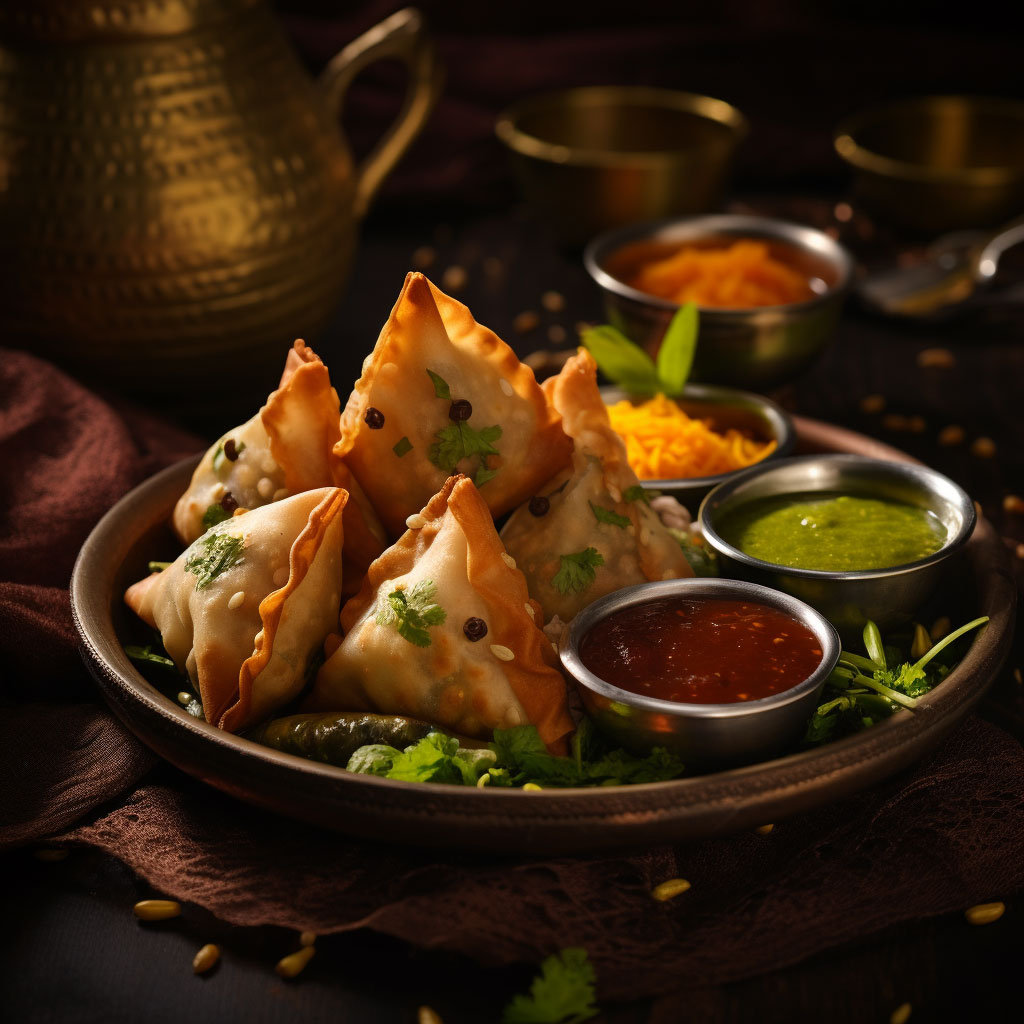
Samosas are iconic Indian fried pastries filled with a savory mixture of spiced potatoes, peas, and sometimes minced meat. The pastry dough, typically made from flour, water, and ghee (clarified butter), is rolled thin, filled with the savory filling, and folded into triangular shapes. The samosas are then deep-fried until golden brown and crispy, creating a delectable snack or appetizer.
GO TO THE RECIPE
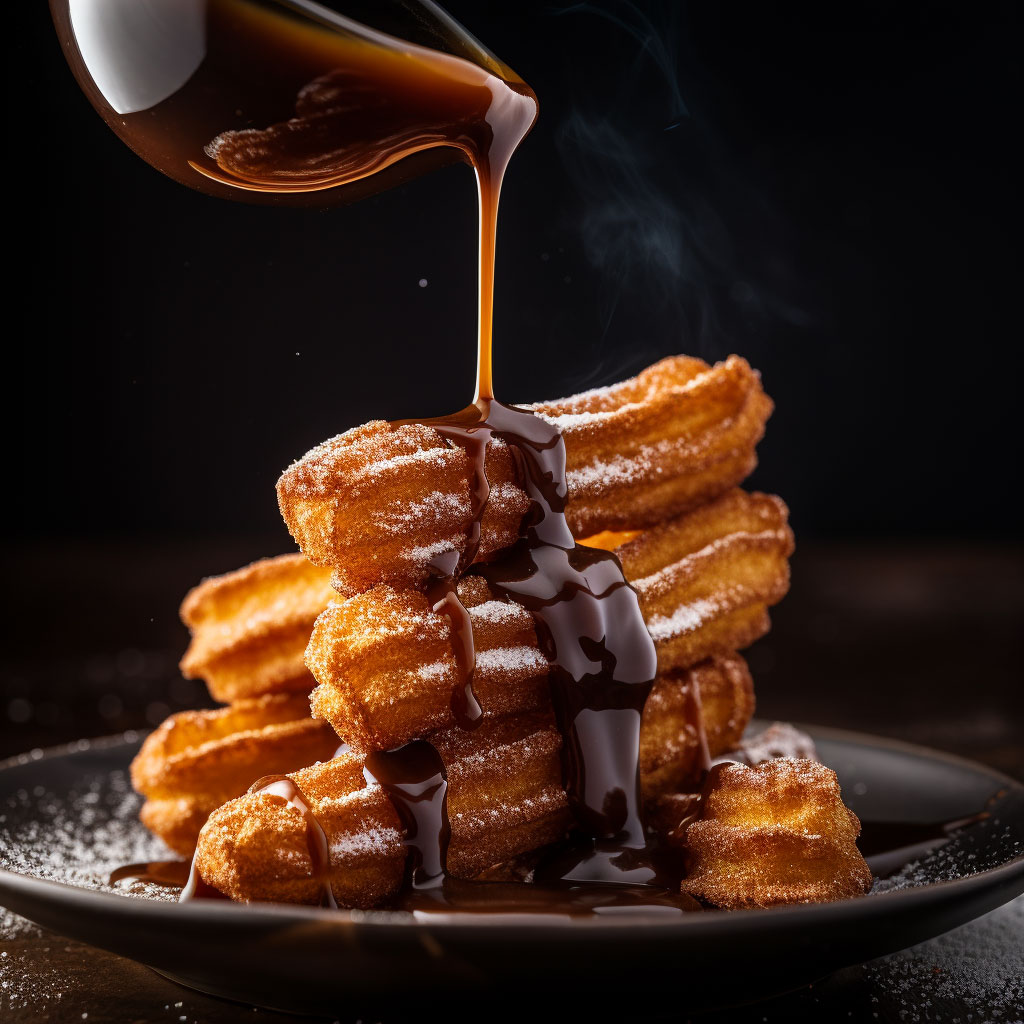
Churros are fried dough pastries originating from Spain but popularized in Latin America and beyond. The dough, made from a simple mixture of flour, water, and salt, is piped into long strips and deep-fried until golden and crispy. Churros are traditionally served dusted with cinnamon sugar and accompanied by a thick chocolate dipping sauce or dulce de leche for dipping.
GO TO THE RECIPE
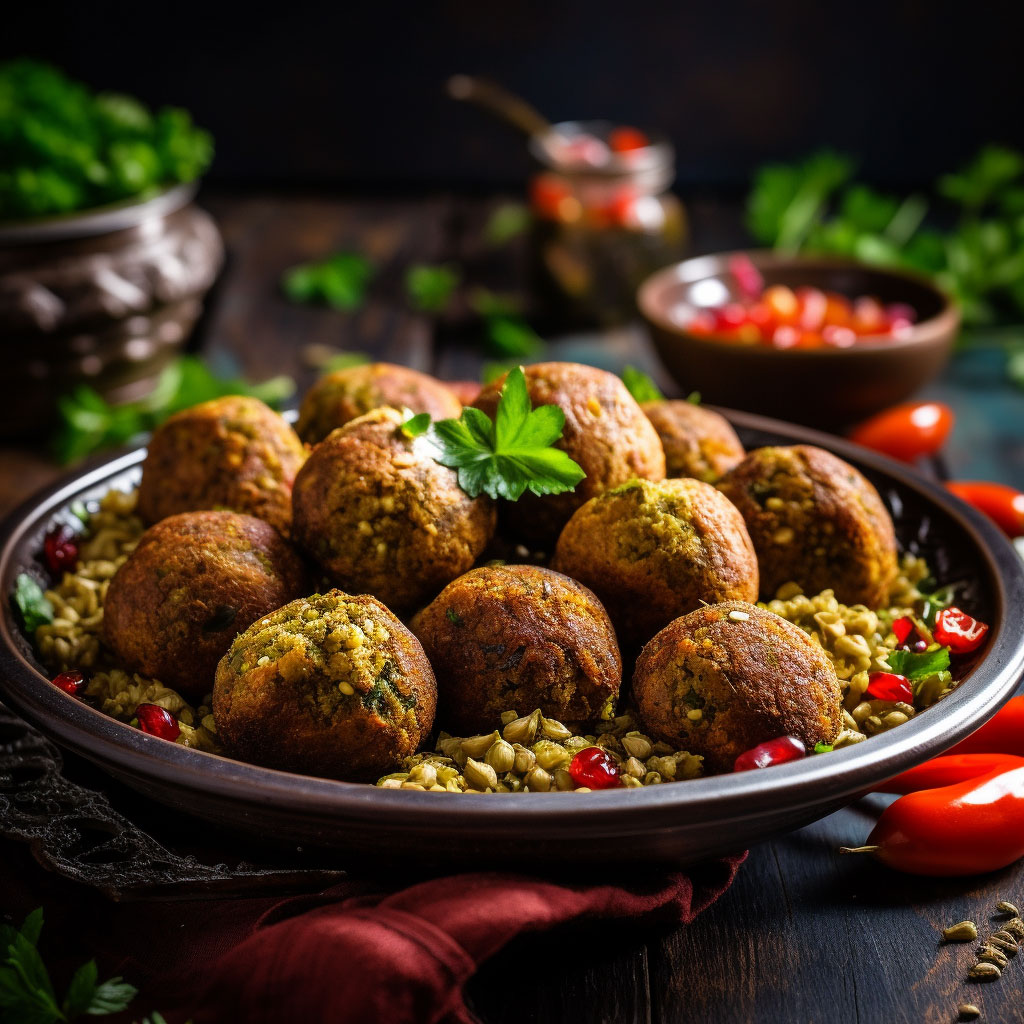
Falafel is a beloved Middle Eastern street food made from ground chickpeas or fava beans seasoned with herbs, spices, and onions. The mixture is formed into small balls or patties and deep-fried until crispy and golden brown. Falafel is often served stuffed into pita bread with tahini sauce, pickled vegetables, and fresh herbs, creating a satisfying and flavorful sandwich.
GO TO THE RECIPE
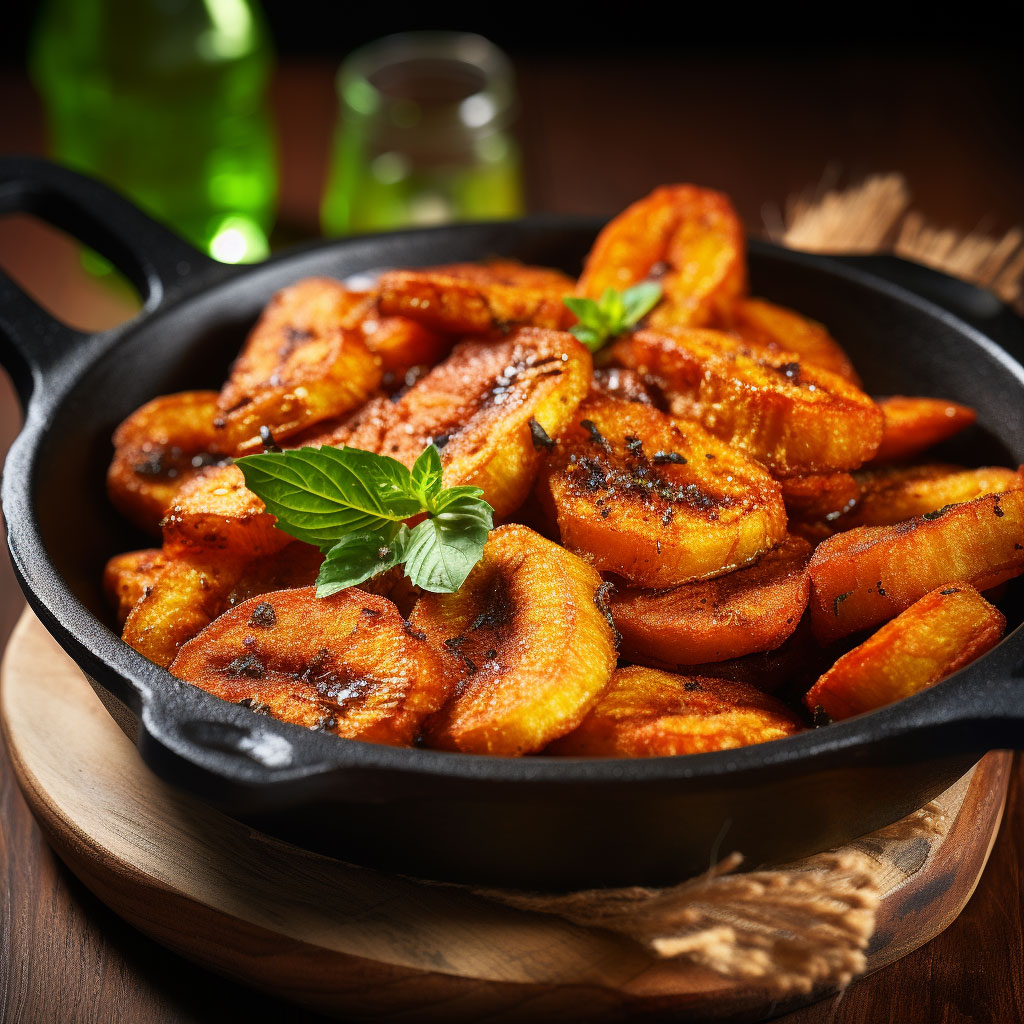
Fried plantains are a staple in Caribbean and African cuisines, prized for their sweet and caramelized flavor. Ripe plantains are sliced into rounds or strips and fried until golden and caramelized on the outside and tender on the inside. Fried plantains are served as a side dish or snack, often paired with savory dishes like jerk chicken or enjoyed on their own with a sprinkle of salt.
GO TO THE RECIPE
In conclusion, fried bites offer a tantalizing journey through the diverse flavors and culinary traditions of cultures around the world. From the delicate tempura of Japan to the savory samosas of India, each fried bite reflects the unique ingredients, techniques, and cultural influences of its origin.
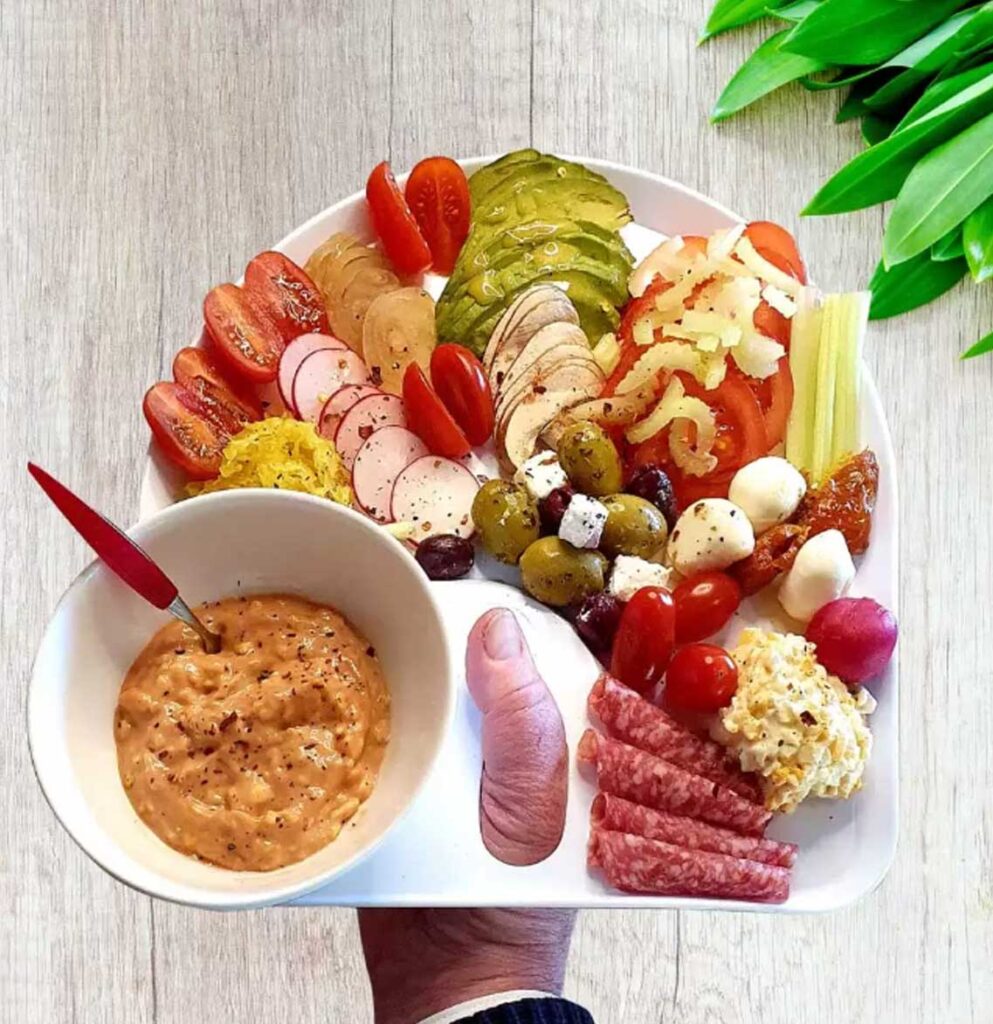
Impress your friends with this amazing new innovation.
Hold your food and drink in one hand while you eat with the other

Immerse yourself in a fusion of flavors and entertainment as we intertwine the realms of food and living.